Whether you call it KFC or Kentucky Fried Chicken, the restaurant that made founder Colonel Sanders a household name is one of the world’s biggest and most successful fast food chains. But even if no Sunday dinner is complete without a bucket of that “finger-lickin’ good” chicken, we bet there’s a lot you didn’t know about this international chain.
The story of KFC begins, of course, with Harland Sanders, and his is truly a rags-to-riches story. After a rocky childhood in Henryville, Indiana, near the Kentucky border, he left home at age 13 and worked lots of jobs, with mixed success, before taking over a Shell filling station in small-town Kentucky in 1930, at the age of 40. His cooking (which he served to travelers at his own dining room table) was such a success that he expanded to a larger location across the street. By 1937 his operation had expanded to 142 seats and a motel, which he named Sanders Court & Café.
Sanders became a bit of a local celebrity when the governor bestowed upon him the honorary title of Kentucky Colonel — Sanders took the honor very seriously, and even dressed the part. After a newly constructed highway hurt his business, Sanders sold all his properties and began selling his fried chicken recipe to restaurants, allowing them to use his name and likeness for promotion. The name Kentucky Fried Chicken was soon adopted by all the restaurants that sold the product, and by 1963 they had turned into the largest fast food chain in the country.
In 1964, the 74-year-old Sanders sold his company to a group of investors for $2 million, guaranteeing himself a lifetime salary and the opportunity to stay on board as quality controller and to appear in commercials for the company, which made him a full-fledged celebrity. The company was sold again in 1971 to Heublein (a packaged food and drink company), and by the time Sanders died in 1980 there were about 6,000 KFC outlets in 48 countries. In 1982, KFC was sold to tobacco giant R.J. Reynolds; in 1986, it was sold to PepsiCo; and in 1997, PepsiCo spun off its restaurant division (which also included holdings Pizza Hut and Taco Bell) into a public company called Tricon, which was renamed Yum! Brands in 2002.
While KFC is still a major international brand (with nearly 20,000 locations worldwide and $23 billion in revenue in 2013), the company has seen better days. Its dominance in the chicken world has been threatened by chains like Chick-Fil-A, which has surpassed it as the leading chicken retailer, and it’s bringing in less money than chains half its size, like Panera Bread. The company is currently undergoing a $175 million makeover; you may have noticed the new throwback-style commercials starring Darrell Hammond as an eccentric Colonel Sanders, and stores are being remodeled with touches like blackboards indicating what farm the chicken comes from. Over the next few years they’ll also redo their packaging, uniforms, and décor, and plan to add new menu items like barbecue baked beans and pulled chicken.
Whatever the future holds for KFC, it’s clear that the Colonel’s creation isn’t going anywhere anytime soon.
1. It Introduced Chicken to the Fast Food Industry
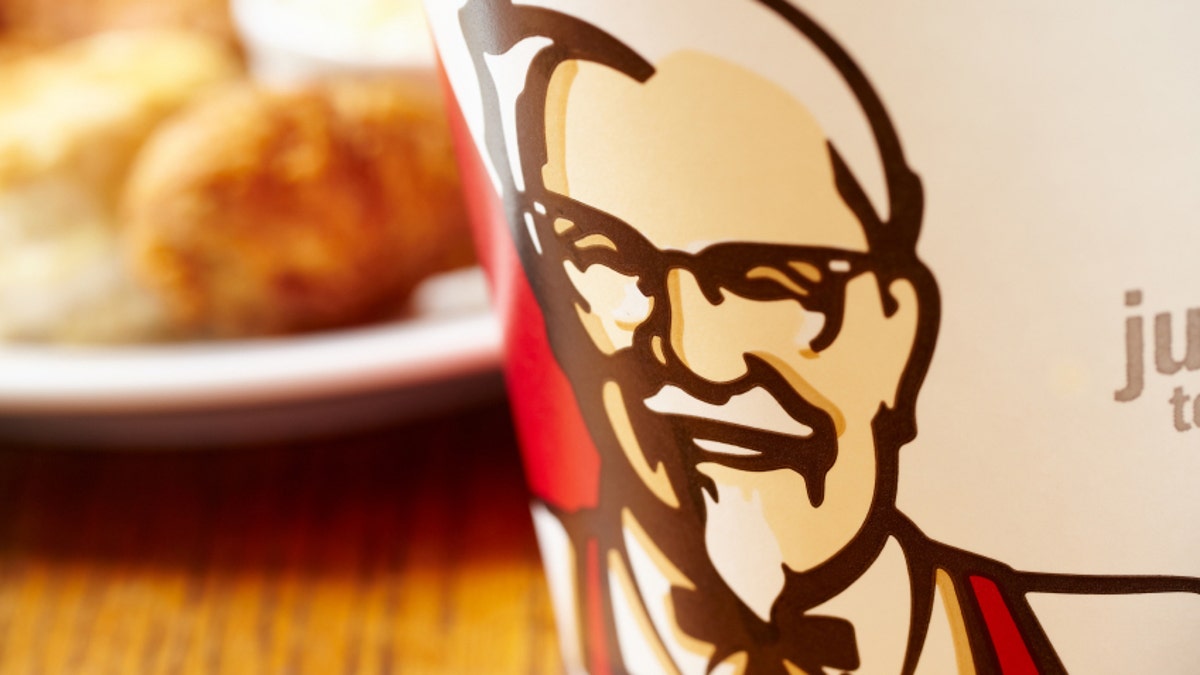
(iStock)
Before KFC came along, fast food was synonymous with hamburgers and fries, and chicken was traditionally home-cooked or eaten at family-style restaurants. Fried chicken, in particular, wasn’t thought of as “fast food” because it wasn’t fast: Making pan-fried chicken is a slow and careful process, and even deep-fried chicken can take upwards of 15 minutes to prepare.
2. Sanders Was One of the First Cooks to Use a Pressure Fryer
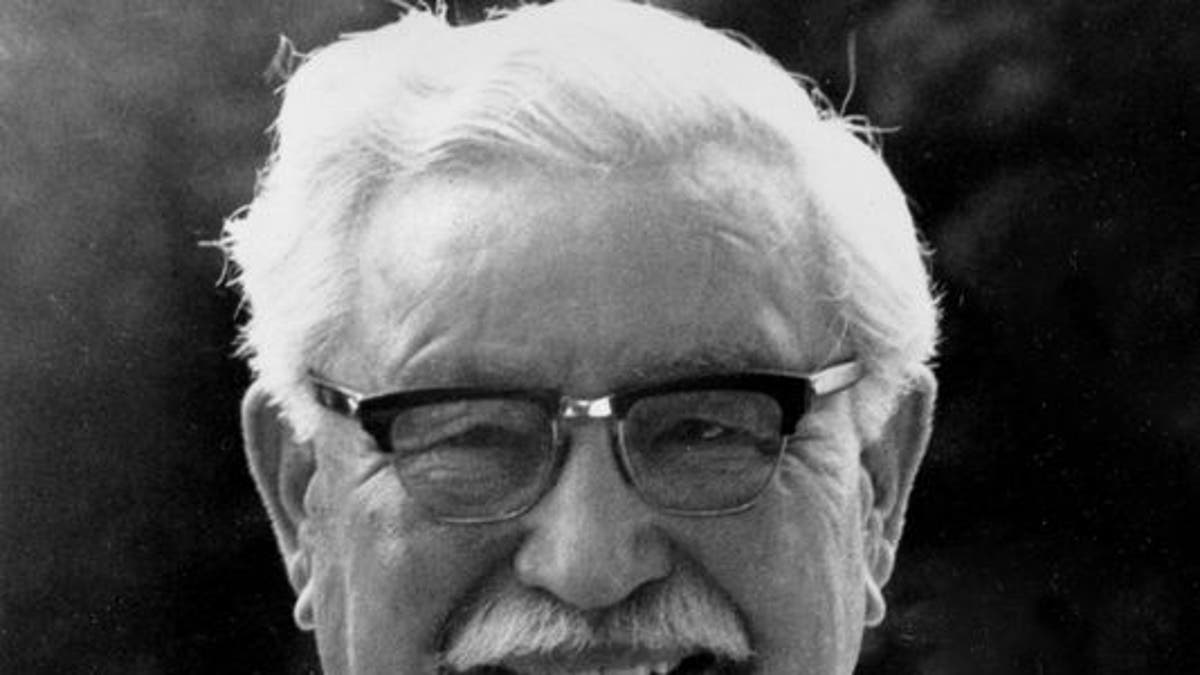
(AP File Photo)
The pressure cooker was released commercially in 1939, and almost immediately Sanders modified it into an early pressure fryer. Despite the danger of explosion (it was a few years before the design was perfected), Sanders began to use it exclusively, because, in his opinion, the resulting flavor closely resembled that achieved by using a frying pan.
3. Sanders Traveled the Country Franchising His Fried Chicken Recipe
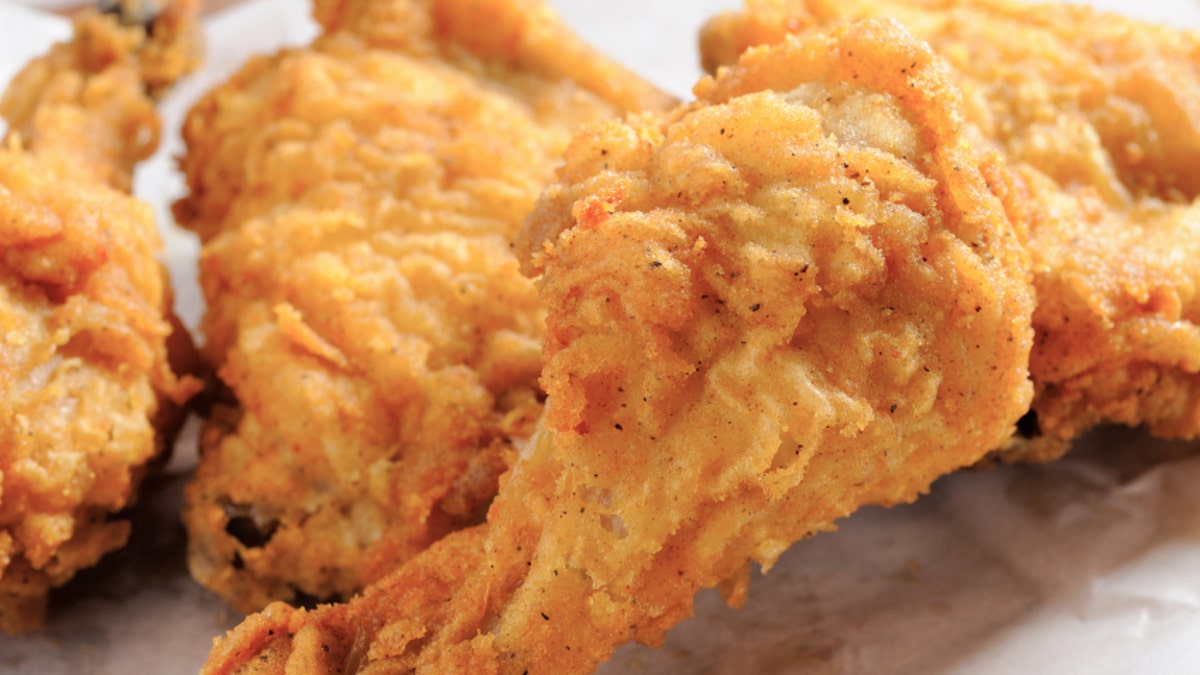
Close up of Fried Chicken (iStock)
Sanders knew that he had something special on his hands, and for many years his Sanders Court and Café was a local institution. But he understood that the construction of a highway nearby would deal his business a major blow as the flow of travelers was rerouted, so he sold it all and took his show on the road. For the next several years, Sanders traveled around the country selling small-town restaurant owners the rights to use his recipe in return for a four cent fee on every chicken sold. This franchise model was revolutionary for the time, and by allowing franchise owners to use his name and likeness, it also increased Sanders’ personal cachet immeasurably.
4. The Company Takes Great Lengths to Guard the ‘Original Recipe’
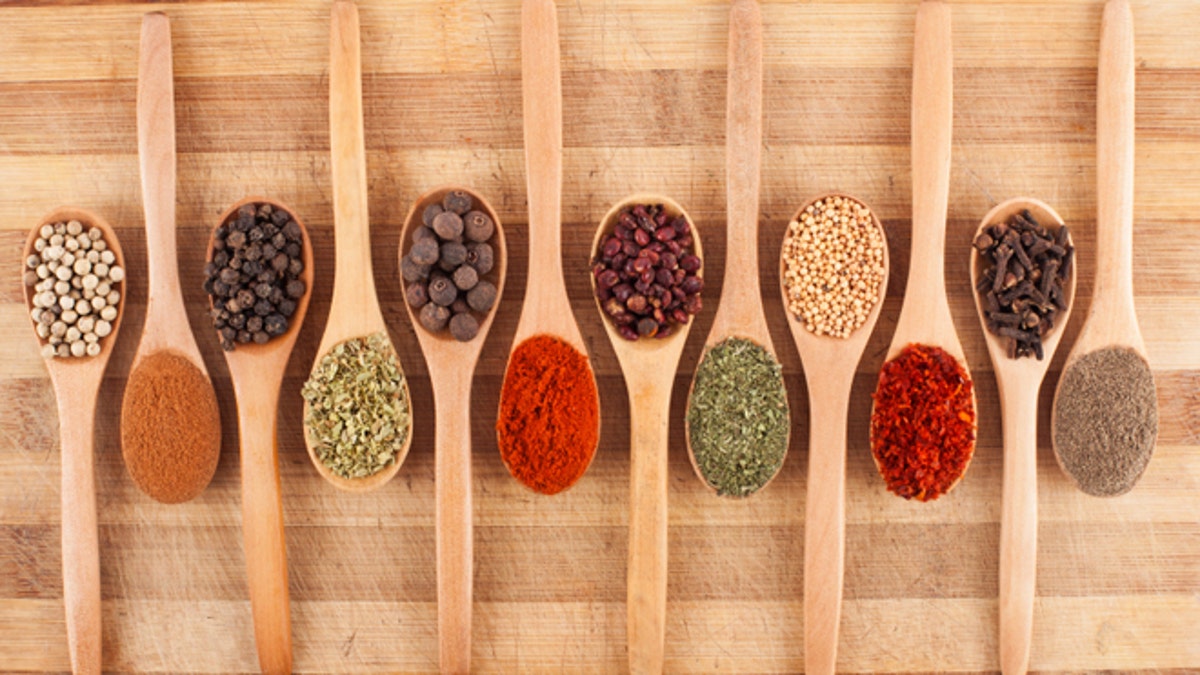
various spices on wooden spoons on cutting board (iStock)
The blend of 11 herbs and spices that went into Sanders’ original fried chicken recipe is still in use today, and its components remain a mystery, even though many have tried to decipher it (some claim to have reverse-engineered the recipe, while writer William Poundstone famously asserted that it’s only flour, salt, pepper, and MSG). A Sanders-signed copy of the recipe is inside a vault in KFC’s Louisville headquarters, and even the manufacturers don’t know what goes into it: Half of the mix is made by Griffith Laboratories, and then it’s sent to McCormick, where the rest is added.
5. The Name ‘Kentucky Fried Chicken’ Was Coined by a Sign Painter
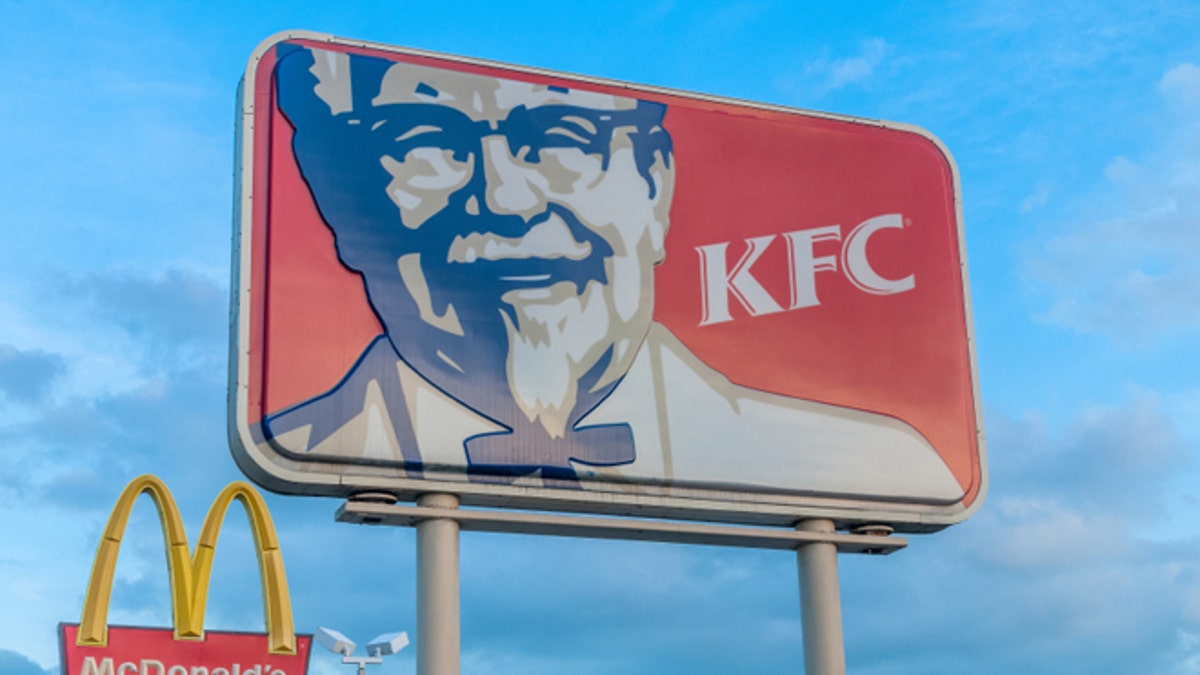
KFC and McDonald's in Miami, Florida, USA. (iStock)
Harman decided to change the name of his restaurant to highlight his new standout dish, but was unsure of what to call it right until the sign painter arrived. Luckily, that painter, Don Anderson, had an idea for a name that would invoke something “exotic” as well as Southern hospitality: Kentucky Fried Chicken.
More fun KFC food facts.
More from The Daily Meal
8 Party Foods That Give You Heartburn
18 Things You Didn’t Know About Stew Leonard’s
6 Things You Didn't Know About French Fries
9 Things You Didn’t Know About Guy Fieri’s ‘Diners, Drive-Ins and Dives’




















